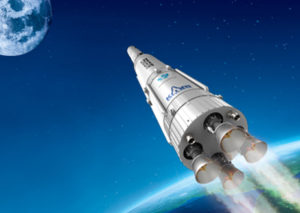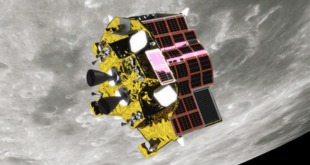
South Korea will test a rocket engine designed and built by the Korean Aerospace Research Institute (KARI) in a suborbital launch to be carried out at the end of October 2018, according to reports in the South Korean press.
The rocket engine is reported to have a 75-ton thrust and is being developed by KARI to be the engine for the Korean Space Launch Vehicle-II (KSLV-II), a three-stage launch vehicle currently being developed for its maiden launch in 2021.
The engine test will be conducted using a single-stage rocket launched from the Naro Space Centre in Goheung, South Jeolla Province, between 25-31 October 2018, though the exact date will depend upon local weather conditions as well as adequate notification of the launch being provided to neighbouring countries such as Japan, as well to pilots and mariners using the local airspace and waters.
“Barring any unforeseen developments, the launch should take place on the primary date of Oct. 25,” said the South Korean Ministry of Science and Information Communications Technology in a statement.
The statement also says that the flight will last approximately ten minutes during which the performance of the engine, including its control systems, will be monitored. It is expected that the rocket will reach a suborbital altitude of approximately 100 kilometres about 160 seconds after launch, and reach apogee at about 300 seconds. The rocket is expected to splash down in the sea separating South Korea’s Jeju Island and Japan’s Okinawa Island.
“This test launch will serve as an important step for South Korea’s development of its indigenous space rocket and eventually make our country a powerhouse in the sector,” said Lee Jin-kyu, South Korea’s vice science minister.
KARI has already carried out 91 static fire tests of the engine, and has fired the engine for up to 260 seconds. Provided the engine test at the end of October 2018 is successful, four of the engines will be used on the KSLV-II first stage, and one on the second stage.
The KSLV-II launch vehicle will be the first wholly indigenously designed and built rocket in South Korea and is expected to become the workhorse for all domestic satellite launches as well as used for commercial placement of satellites in to orbit.





